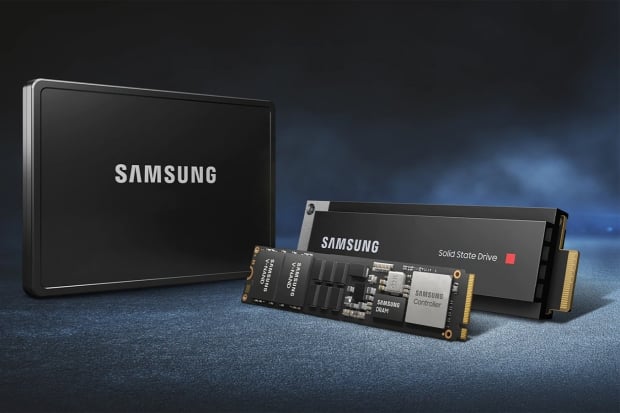TL;DR: Samsung plans to launch its 10th Gen V-NAND in 2026, featuring a 400-layer configuration using Bonding Vertical (BV) NAND technology for higher data storage, performance, and reliability. This new method will increase bit density by 60% and reduce circuit damage.
Samsung has teased that its next-gen 400-layer V-NAND will store more data, more performance, and feature higher reliability through future-gen V-NAND technology.

VIEW GALLERY – 2 IMAGES
The company is expected to launch its next-gen V-NAND in 2026 which will be the 10th Gen V-NAND, sporting a 400-layer configuration, far exceeding the current 9th Gen V-NAND by 120 layers (280 layers versus 400 layers). The gap between 8th Gen V-NAND and 9th Gen V-NAND isn’t that big (236 layers versus 280 layers) so the jump to 400 layers is exciting, indeed.
How will Samsung do this? The company will use Bonding Vertical (BV) NAND technology, which is different to what is used today with the current CoP (Circuit on Periphery) design. The CoP design has the peripheral circuits on top of the memory stack, while vertical bonding will separate the manufacturing of the storage and peripheral circuits, followed by the vertical bond.
This will help Samsung hit massive capacities, but it will also reduce circuit damage during the stacking process. We can expect vertical bonding to be a method that is similar to YMTC’s Xtacking and KIOXIA-Western Digital’s CBA (CMOS Bonded Array).
We can expect 60% higher bit density, which will massively increase the storage capacity thanks to the 400-layer V-NAND goodness coming in the future… how far into the future? Don’t expect this until 2027, where we’ll also be teased by 11th Gen V-NAND that is expected to have a massive 2.5x increase in layer count, and will boost the I/O rates by up to 50%.